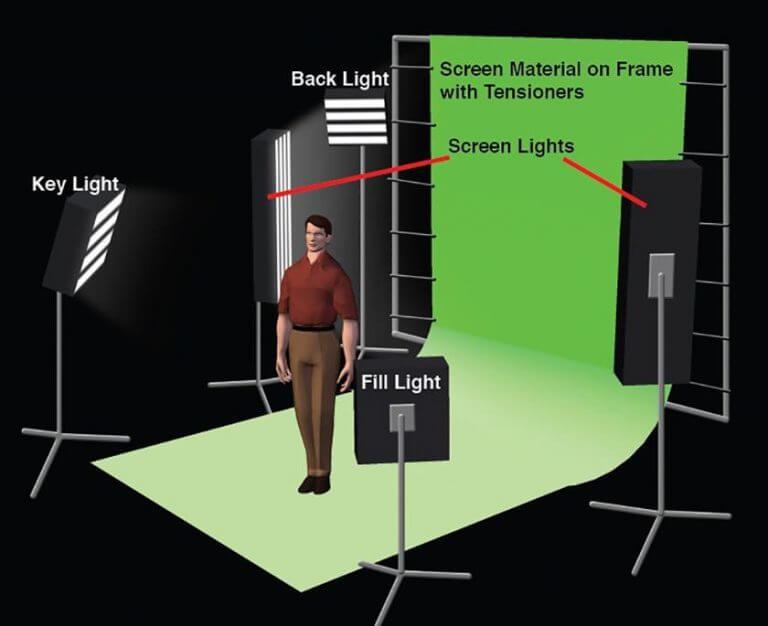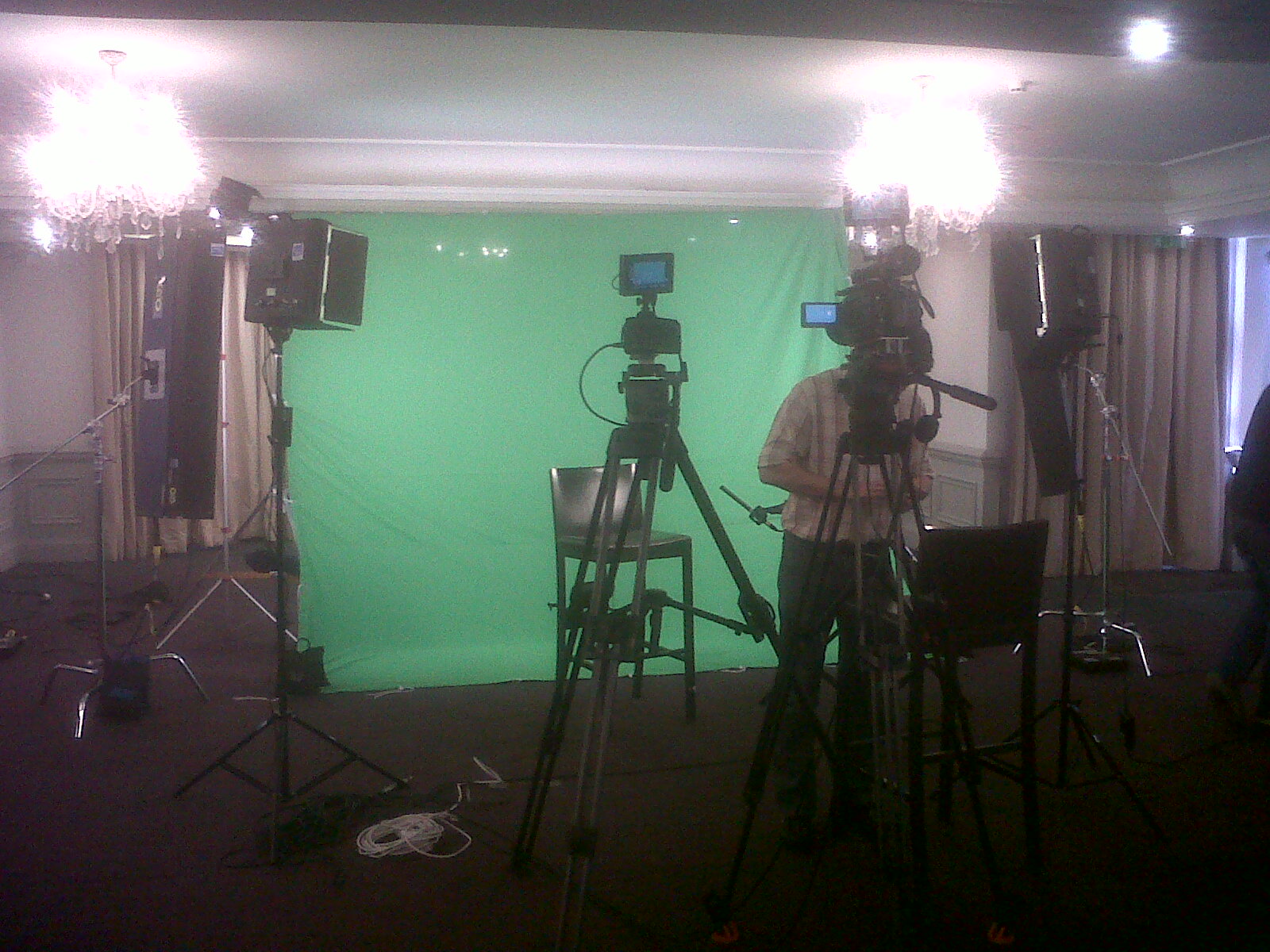

With the help of the soft lights, you can balance the lighting in the shooting scenario and can also make use of large silk frames or consider on-light diffusion boxes to diffuse your lights. Remember matching the lighting on your actor in the desired scene once the green screen is composited.Īnother important factor to consider is to use big, soft light sources. While doing so, make sure that the actors are at least at a distance of six feet. It is necessary to do so because it helps in ensuring that there is nothing in between and the green coloring has no shadows or spots, making it even assists with the Chroma key process in the post-production.įurthermore, you will also need a light green screen separately for your actors. The goal of green lighting is to make it even.

But they must consider a few fundamental factors to get the desired results, regardless of how small or big the project is. Photographers can use different scenarios and angles to fix the green screen setup. There are several creative ways to properly light a green screen background. Which Light is the Best for a Green Screen? In this guide, we’ll walk through everything you need to know about the kind of light that is best for a green screen and the methods that are effective to fix the green screen.
Best green screen lighting setup how to#
While there is a lot of information out there on how to set up the green lighting properly, most of the professionals don’t cover the most simple and straightforward points and tend to forget the basics.

Be it a large screen in a studio or a small portable green screen, the concepts will be the same and only the scale of distance and light will be adjusted for every setup. If the green screen is too bright, dark, uneven, or simply isn’t lit correctly, chances are that the photographers will have problems in pulling a good matte. One of the most important aspects of shooting any type of green screen project is the appropriate form of lighting.


 0 kommentar(er)
0 kommentar(er)
